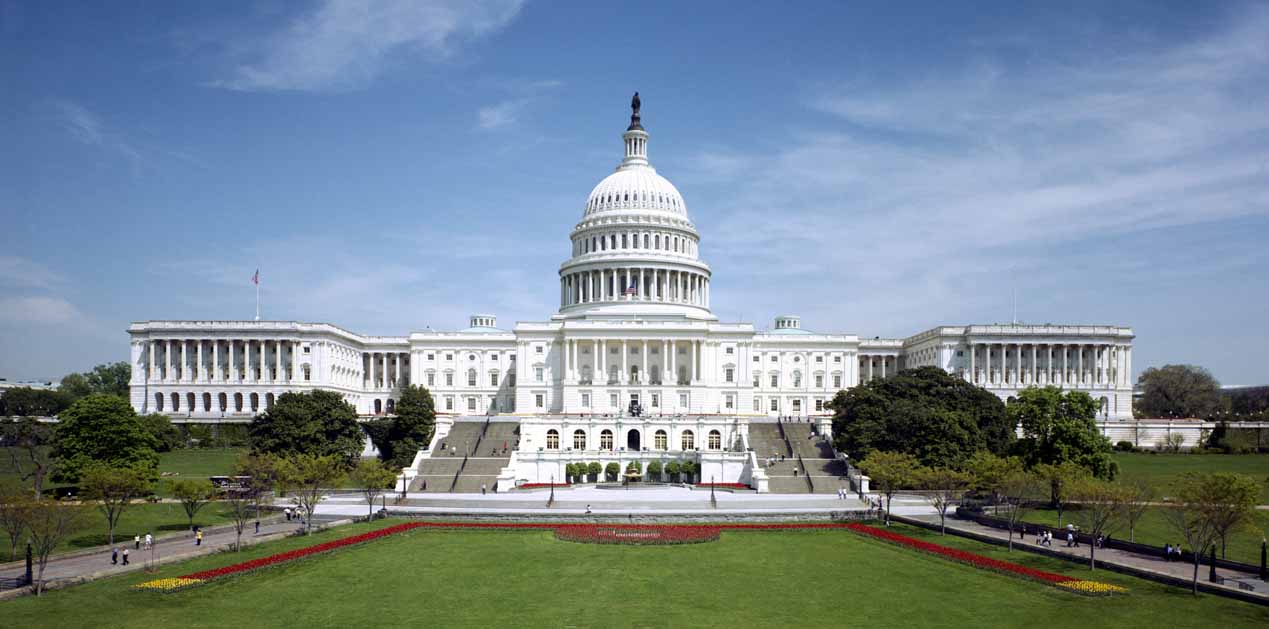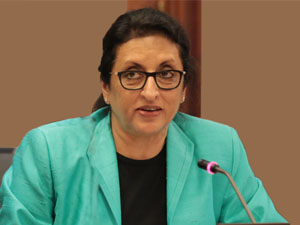The White House has named senior White House official and Trump aide Kenneth Juster as the next US ambassador to India thereby ending a months-long speculation that saw several Indian-American names crop up as potential candidates. This notification comes just before Prime Minister Modi’s visit to the United States and though the formal appointment of the new Ambassador will take a few more months, the announcement comforts many who felt that India was not getting enough traction from new US administration.
Juster, who is currently serving as a deputy assistant to the US President for International Economic Affairs and also deputy director of the National Economic Council in the White House, has apparently been an important point of contact for senior Indian officials in Washington, DC for their first meetings with the Trump administration. A Harvard law graduate, Juster is an experienced India hand and served as deputy secretary of commerce in President George W Bush’s administration. He is best known for his role in launching the US-India High Technology Cooperation Group in 2002 to promote trade in sensitive dual-use goods and technology between the two countries, which gradually led to the easing of sanctions against India and a marked upward trajectory in US India strategic, commercial and defence links during the George W Bush and Obama administrations.
Since its formation in 2002, the U.S.-India High Technology Cooperation Group has been a valuable forum for discussing U.S.-India high technology trade by fostering the trust and confidence that are necessary to facilitate trade in sensitive high technology items. One of the earliest breakthroughs was the signing of the End Use Visit Arrangement in 2004 that started the process of expanding high technology trade that would at the same time address“national security concerns of the US including proliferation and diversion of dual use technology,” while simultaneously respecting India’s strategic autonomy concerns. This ultimately became the End Use Monitoring Agreement in July 2009 that paved the way for greater defence cooperation while New Delhi also conveyed its decision to locate two nuclear parks for American companies, something that has run into political rough weather.
The incremental contributions made by the HTCG illustrate how a focus on “discrete, attainable goals has helped India andthe United States reach their mutual goal of a stronger economic and strategic relationship” that has benefited both countries. In the area of Homeland Security, India and the United States have emerged asindispensable partners in combatting terrorism in such areas as capacity building and training, infrastructure protection, global supply chain with emphasis on port and border security, megacity policing, and cooperation in science and technology.
As a result, the Bureau of Industry and Security of the US Department of Commerce, which administers the U.S. export control regime for commercial and certain militarily-less sensitive items, has reduced significantly the number of Indian entities that require licenses to trade in sensitive technologies. Fifteen years ago, 24 percent of U.S. exports to India required export licenses. By 2013-14, Commerce licenses were required for only 0.3 percent of U.S. exports to India and today very few license applications for items under Commerce Control are denied.
But this does not imply that there are no irritants and bottlenecks in the relationship. While the focus of the new Ambassador designate on the appropriate economic, legal, and structural environment in his previous stint with US government has provided valuable inputs for successful trade in sensitive technologies, enough economic and strategic challenges remain that would demand his immediate attention.
The importance of trade and economic relations cannot be underestimated especially as the two nations have pledged to increase their bilateral trade from the current $120 billion to $500 billion by 2024. This would require tremendous sagacity and determination by both Governments to foster greater traction to mesh together PM Modi’s vision of “Make in India” with Trump’s ideal of “America First.” In the strategic domain too, both sides would need to craft a common strategy to further strengthen the Joint Strategic Vision for the Asia-Pacific and Indian Ocean regions that India and the United States signed in January 2015.
As New Delhi awaits the arrival of the new US Ambassador, there is comfort in the fact that he knows India well. According to Ashley Tellis, “Ken knows India well and actually was deeply involved in successful bilateral negotiations between the two countries. The Indians will welcome him enthusiastically. He is a known quantity. ” Speaking to the media, White House deputy spokesperson Lindsay E Walters has stated that “Ken Juster’s move to Indian Ambassador is because he is extremely qualified for the position.”
Image Source: www.mepc.org











Post new comment